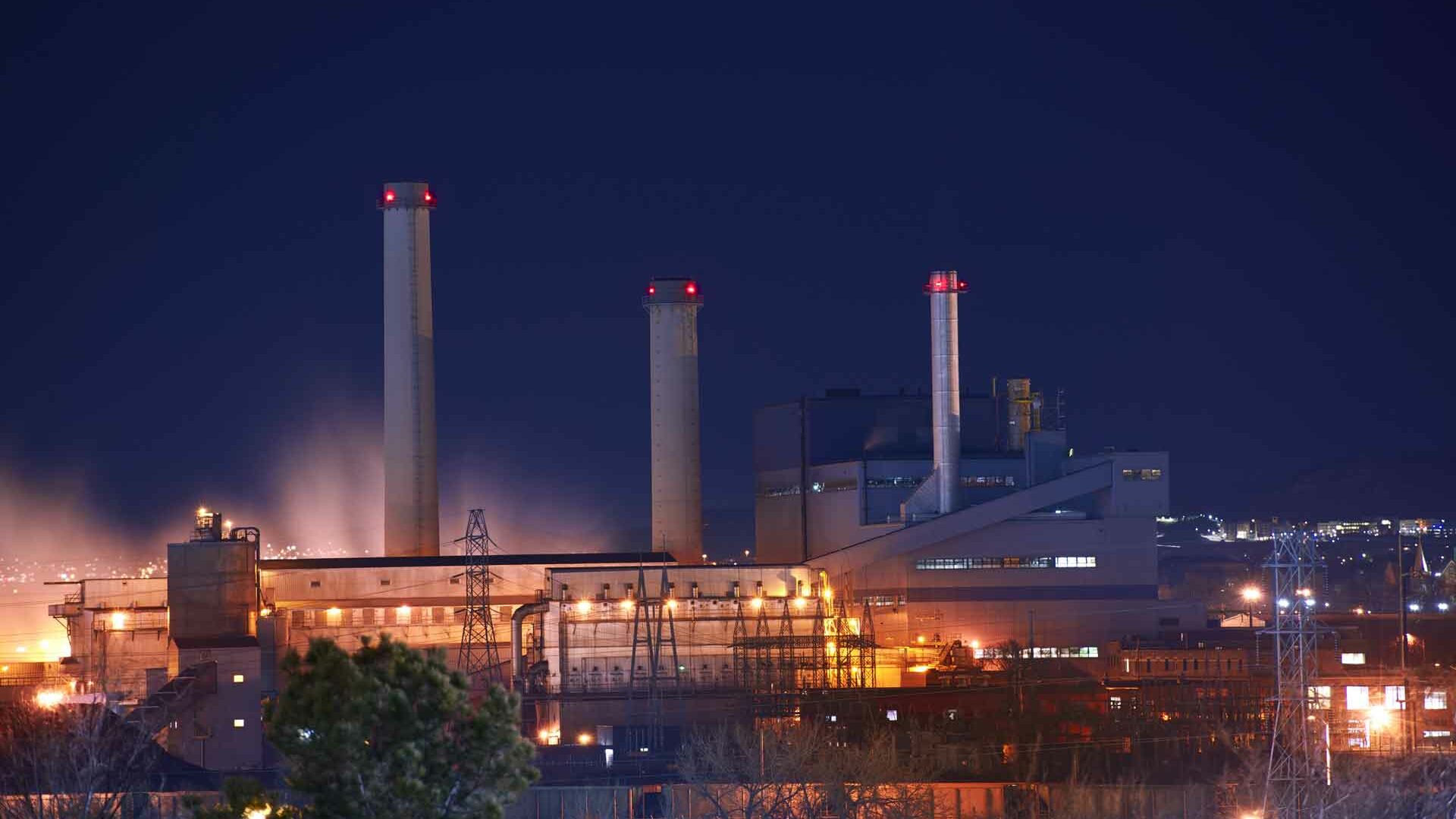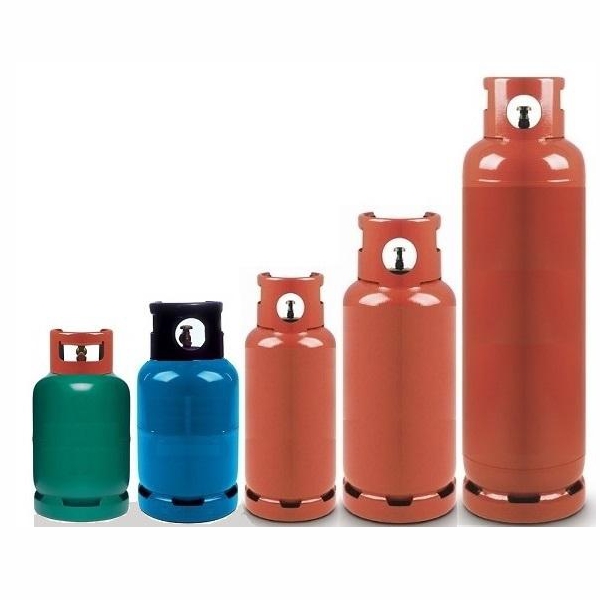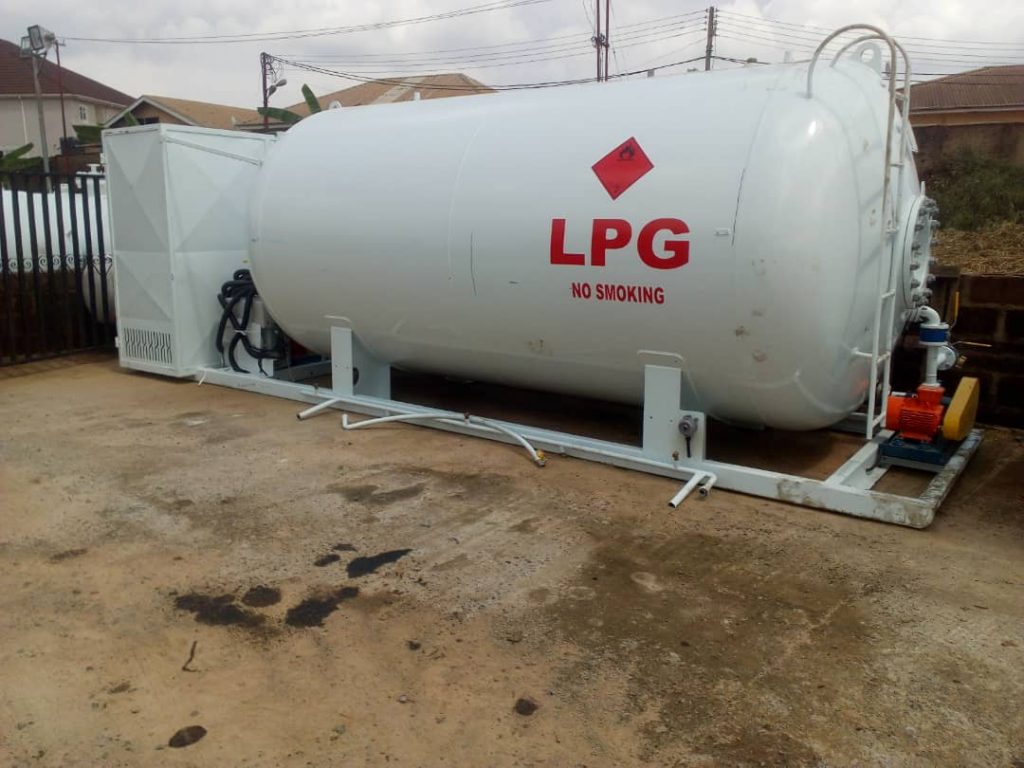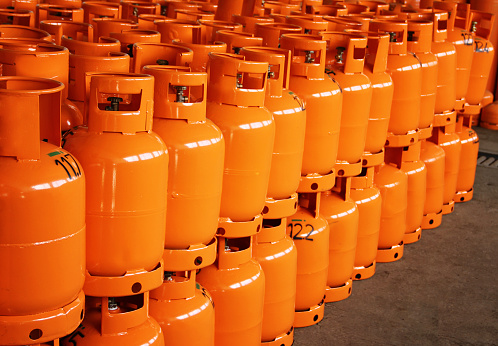
WHAT IS LPG?
LPG gas is used as a fuel for many residential, commercial and agricultural heat applications, including cooking.
It is also employed as a propellant, refrigerant, vehicle fuel and petrochemical feedstock.
What is LPG Gas? – describes flammable hydrocarbon gases including propane, butane and mixtures of these gases
LPG gas- Liquified Petroleum Gas_ describes flammable hydrocarbon gases including Propane, Butane, and mixtures of these gases.
LPG gas, liquefied through pressurization and stored in gas bottles, cylinders and tanks.
It comes from natural gas processing and oil refining.
LPG gas is used as heating, cooking and auto fuel.
In different countries, what is supplied as LPG gas can be propane, butane or propane-butane blends.
LPG gas is just propane, in Australia.
18 LPG Fast Facts
1. LPG (or LP Gas) is the acronym for Liquefied Petroleum Gas or Liquid Petroleum Gas.
2. LPG gas is a group of flammable hydrocarbon gases that are liquefied through pressurisation and commonly used as fuel.
3. LPG gas comes from natural gas processing and petroleum refining.
4. There are a number of gases that fall under the “LPG” label, including propane, butane and isobutane (i-butane), as well as mixtures of these gases..
5. LPG gases can all be compressed into liquid at relatively low pressures.
6. LPG gas is frequently used for, fuel in heating, cooking, hot water and vehicles, as well as for refrigerants, aerosol propellants and petrochemical feedstock.
7. LPG gas is generally stored, as a liquid, in steel vessels ranging from small BBQ gas bottles to larger gas cylinders and bulk storage tank. (45kg gas bottles shown)
8. Colourless, heavier than air and odourless until odor-ant is added for safety reasons.
9. When lightly compressed it becomes a liquid. 1 litre of liquid LPG gas (propane) is the equivalent of 270 litres of gas.
10. LPG gas burns readily in air and has a high-energy content making it an excellent fuel for heating, cooking and automotive use.
11. LPG gas has a higher calorific value versus natural gas.
12. LPG gas can range from virtually 100% propane to 100% butane.
13. Home LPG gas, in Australia,is typically called PROPANE.
14. LPG measurement is done in weight, liquid volume, gaseous volume, energy content and pressure.
15. LPG exists in two different forms, LPG liquid and vapor (gas). The storage pressure & temperature determines which kind you have
16. The more technically correct term for LPG in its gaseous state is LPG vapor not gas. Vapours are gases, however, not all gases are vapours.
17. The chemical formulas for propane – C3H8 – and butane – C4H10 – are different. However, the formula for butane and Isobutane, are the same. Isobutane (i-butane) is an isomer of butane, so it has a different arrangement of its atoms.
18. Autogas is typically a mixture of propane and butane but can be all propane, too.
How is LPG Gas Made? What is the Production Process?
LPG gas is made during natural gas processing and oil refining.
LPG gas is separated from the unprocessed natural gas using refrigeration.
It is extracted from heated crude oil using a distillation tower.
The LPG gas then pressurised and stored as a liquid in cylinders and tanks.
What is LPG Gas Used For?
LPG gas has hundreds, if not thousands, of uses.
The LPG gas uses most people can name are around the home, in their cars or for their business.
It is used in leisure time activities including caravans, boats, recreational vehicles, hot air balloons and camping.
Business and industry use LPG gas for a multitude of processes including steam boilers, kilns, ovens and LPG forklifts.
Crop and produce drying, heating greenhouses, hot water dairies, irrigation pumps and heating animal enclosures are just some of the agricultural applications for LPG gas.
Transport is also a big user of LPG (Autogas), either as propane or propane mixed with butane, to power various vehicle types.
There are also many,many more LPG gas applications, including power generation and the hospitality industry.
LPG Gas Supply for Home & Business
Please visit or LPG Gas Supply Options page for a brief explanation of your bottled gas delivery options.
Your choices include our automatic tanker delivery and exchange LPG gas bottle services.
We also have various LPG Gas Bottle Sizes to suit your needs, depending on how much gas you use…





Stanley Ezeorah
Fact number 11. is deceptive. Natural gas mainly consist of methane and the calorific value is between 50-55 MJ/kg while that of LPG is between 46-49 MJ/Kg. Please make that correction.
To add to fact number 13. LPG in Nigeria is mainly Butane
Jide
Hi,
I would like to know which of the two: propane or butane, is used in cooking gas in Nigeria.
And also, what is the normal pressure?
Thank you.
busayo
propane is now available
Uzobigs
Where can one get propane in Nigeria?